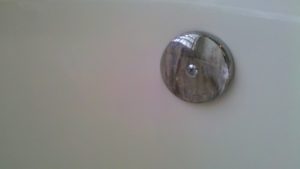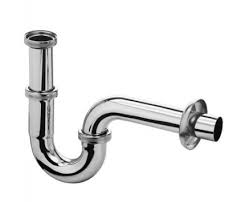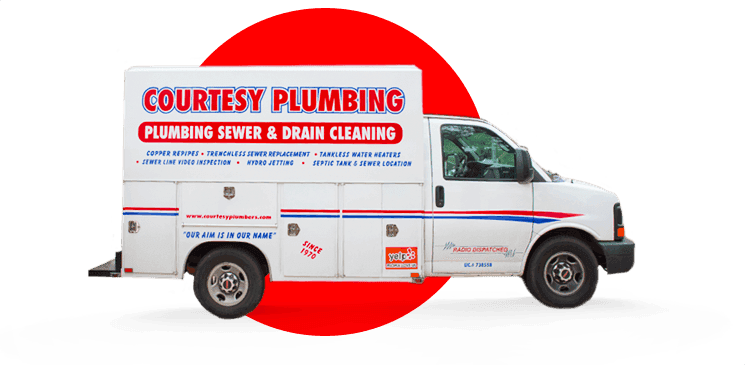Your home’s plumbing system is made upon an intricate network of pipes, vents, and drains. Some to deliver clean water, some to remove wastewater. If you ever find yourself staring at a foreign object and wondering “what’s that?” Here are some common parts of your plumbing system that you were not quite sure what they were for.
Cleanout

Every plumbing system has a cleanout. A cleanout is a point that allows for easy access and cleaning of the entire plumbing system. You might notice those round plastic plugs with a square in the middle of them located in various parts of your home. These are your drains cleanouts. They allow for easy snaking and cleaning of your pipes. A cleanout can be located in the floor, around the main soil stack, or around the foundation of your home. Larger homes may have more than one.
Vent Stack

A vent stack is a vent pipe that helps vent sewer gases out of your plumbing system. It is important to make sure your vent stack is free from obstruction to relieve your plumbing system of pent up sewer gases. When sewer gases are not able to properly vent out you could find yourself with all kinds of problems, including gurgling drains and toilets, from the pressure buildup caused by trapped gas, and the all too familiar sulfuric stench of sewer gas. The most common source of vent stack clogs is snow, birds’ nests, rodents, and other vermin, and leaves and debris.
Overflow Drain

An overflow drain is another crucial part of your homes plumbing system that can help prevent accidental flooding. Overflow drains will be located in the bathtub under the faucet in the back of the sink. These special drains help keep water from overflowing out of tubs and sinks. Once water reaches the overflow drain, it gets diverted and prevents flooding.
P Trap

A P trap or trap is located under the drain of the sink, and is a crucial part of your plumbing system because it helps keep sewer gases from traveling back up through your drains. P traps are designed to keep a barrier of water at the bottom. This barrier of water prevents sewer gases from penetrating your drain. Sometimes P traps can get dried out. This is really common in sinks that don’t get used that often, like in a guest bathroom or in a vacant home. You might notice the smell of sulfuric sewer gas. Try turning on the faucet to allow water to form a barrier in the P trap.
For more information on the anatomy of your plumbing system contact Courtesy Plumbing today!



